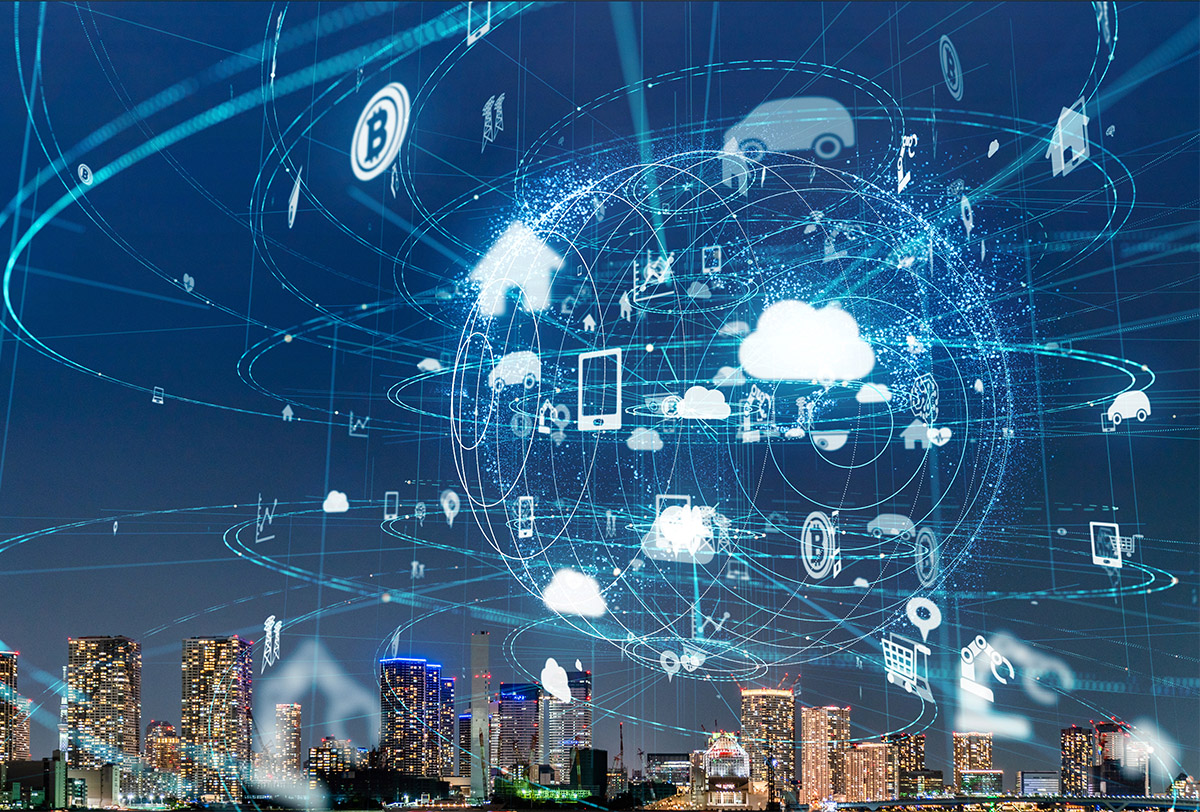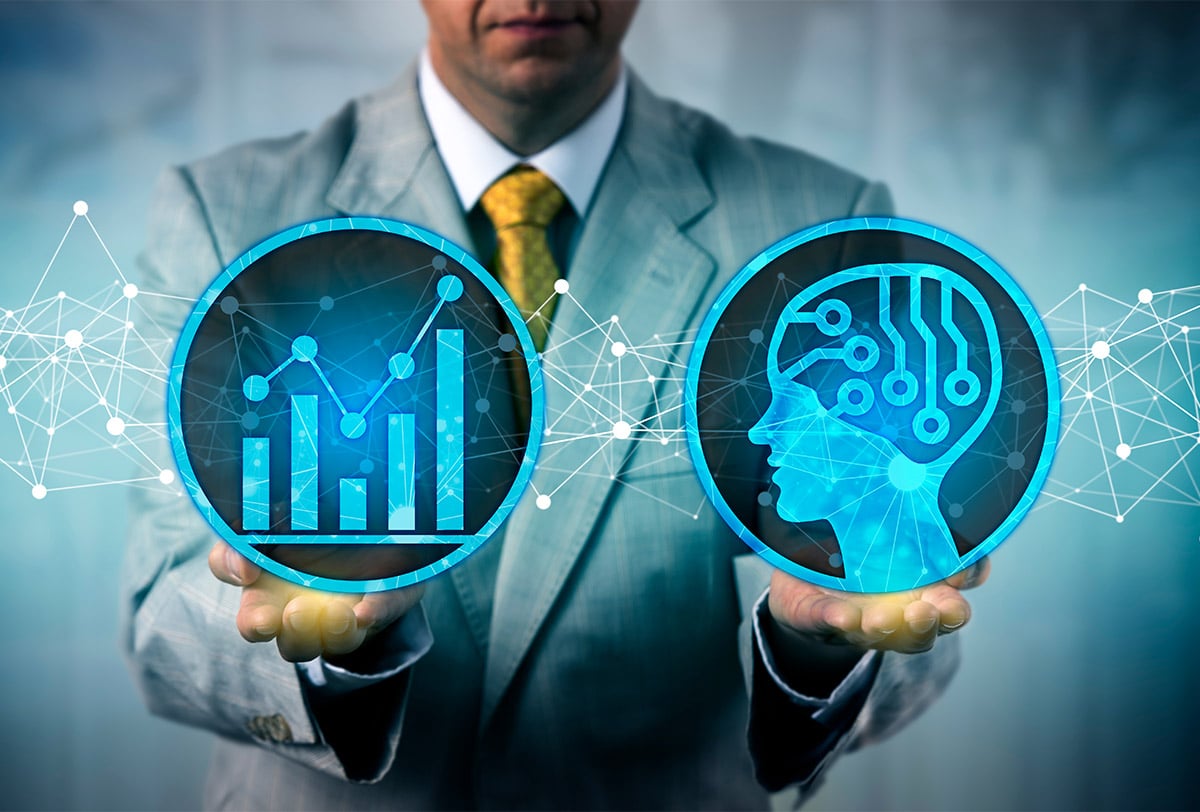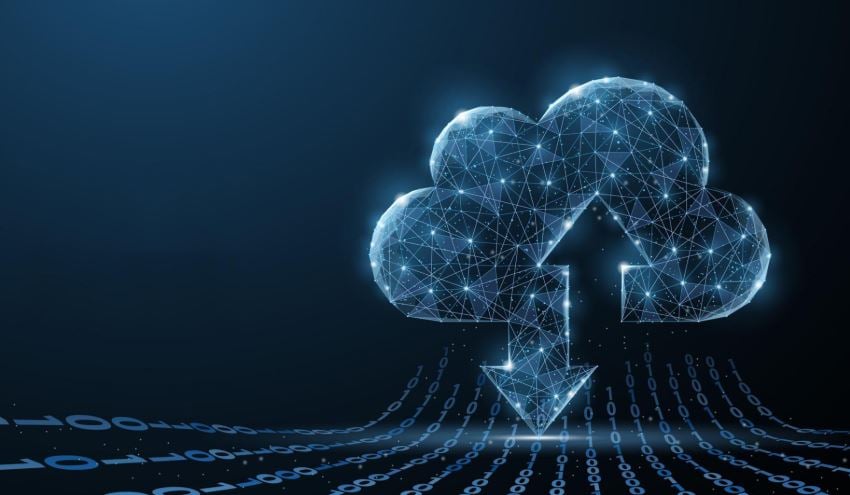How will clients behave? What will they buy? Which products will have to be re-stocked more frequently? Certainly, every company’s marketing manager should ask themselves these questions many times, because among his most important tasks there is the collection and analysis of an enormous quantity of data and information.
Multichannel: how to extract the real value from data?
Data and information come from both the physical and the digital world, through a series of channels: shops and stores, service centers, websites, phone calls/chats with operators, logistics centers.
It is clear, therefore, that being able to store, process and analyze data is essential for two main reasons:
- Learn more about customers in order to develop engaging and personalized marketing strategies. The aim is to forge a solid and lasting relationship with the customer, increasing its degree of trust towards the corporate brand.
- Improve the organization of some processes, including above all product distribution/sales and warehouse management
In both cases, thanks to the punctual analysis of the data, some models can be defined to predict the future behavior of customers. This is where artificial intelligence algorithms come into play, which allow a software to self-learn the behavioral profiles of customers and suppliers ("machine learning" or "deep learning"). In other words, it is possible to identify purchasing trends and consequently define trade policies tailored to individuals or groups
AI and predictive analysis: the new strengths of retail
Predictive analysis therefore allows you to know certain information in advance, which will then be very useful for optimizing business processes. Forecasting models can be used in the various sectors. Think of an energy provider, which through electronic meters (smart meters) can examine users' energy consumption profiles and propose targeted offers, perhaps purchasing products / solutions (LED lights, condensing boilers etc.) to improve energy efficiency and to reduce the cost of the bill. Another example could be a chain of sales outlets that need to acquire information on customers' shopping habits, starting from the multidimensional analysis of data collected from different channels, such as store receipts, loyalty cards, participation in certain promotional campaigns and so on.
The processing of data for statistical and commercial purposes is also a significant advantage for a company in the logistics sector: knowing in advance the quantities of products to be ordered/shipped, based on customer requests, reduces waste and inefficiency, organizing in the best way, warehouse and inventory management with related transport.
Predictive analysis does not stop there: machine learning algorithms can help the marketing manager to track people's activities and behaviors, thus creating real networks of relationships between the company and its customers, developed starting from information contained in the databases and then reworked by a marketing automation program.
This also helps to directly connect the physical world with the virtual one, thanks for example to proximity marketing solutions that exploit intelligent localization through various devices installed in the sales points (Wi-Fi sensors, video cameras, bluetooth, beacon).
A new form of communication
This physical-digital communication involves at least a couple of advantages: on one hand, recording habits, choices, customer preferences and therefore predicting their purchasing behavior in real time, on the other, transmitting tailored, engaging and multimedia information and content on users' devices. With the new technologies it is possible to reach the most innovative frontiers of the so-called "cognitive" marketing, able to "enter the mind" of people, relying on emotions and needs (real or induced) to create ever more cut products and services tailored to their needs.














